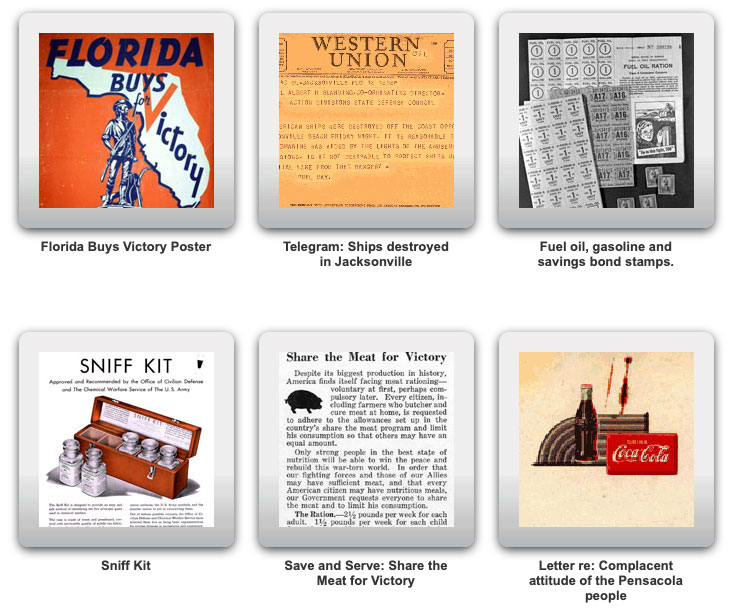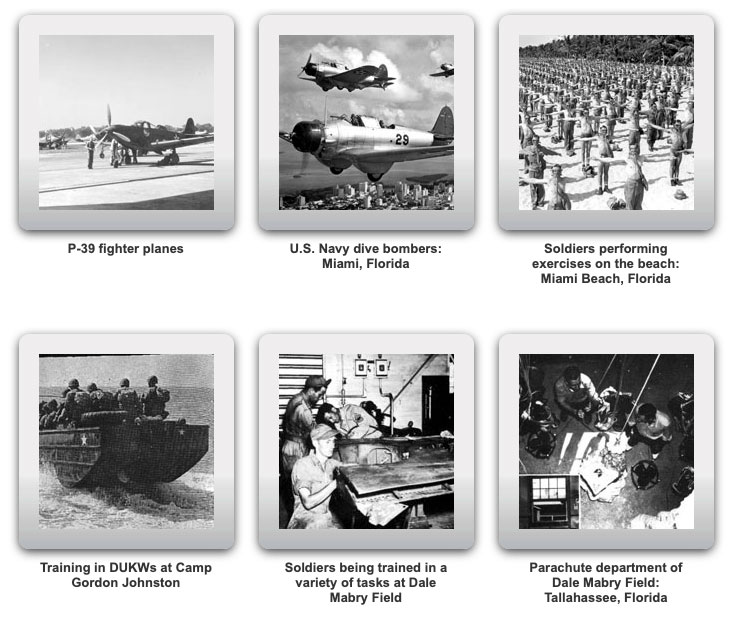
We realize that only a small fraction of our subscribers are Florida teachers. But for History teachers anywhere, the site provides an excellent model for dealing with “home front” issues related to any foreign conflict.
The site naturally includes a rich collection of background readings, primary source artifacts, and links to supporting resources. The core of the website, however, is the section entitled, “War Comes to Florida.” The introduction to this section provides the context for the themes that follow:

Economics
Women
Race
Florida Goes Overseas
Military
Roy Winkelman is a 40+ year veteran teacher of students from every level kindergarten through graduate school. As the former Director of FCIT, he began the Center's focus on providing students with rich content collections from which to build their understanding. When not glued to his keyboard, Dr. Winkelman can usually be found puttering around his tomato garden in Pittsburgh. Questions about this post or suggestions for a future topic? Email me at winkelma@usf.edu. To ensure that your email is not blocked, please do not change the subject line. Thank you!
FCIT Newsletter
Each month FCIT publishes a newsletter with short articles on teaching and learning with technology, using digital content in the classroom, and technology integration. Subscribe today! The subscription form will open in a new window. When you have subscribed, you can close the new window to return to this page.





